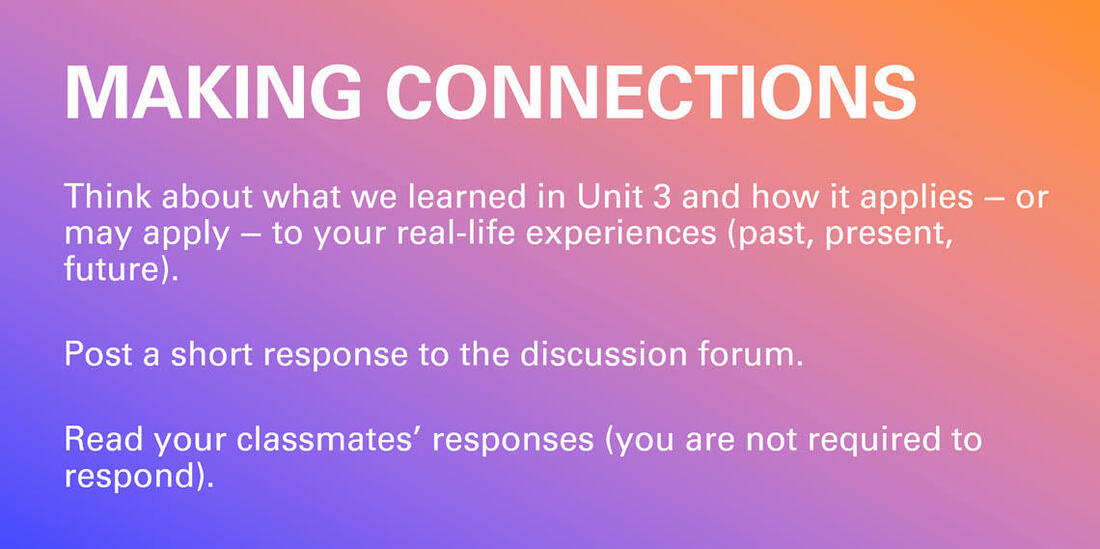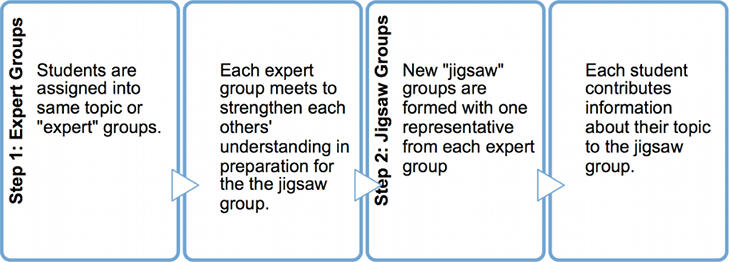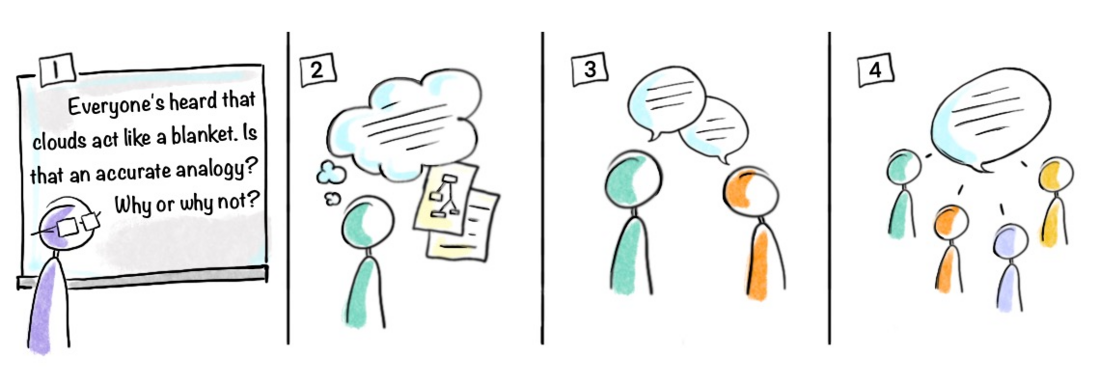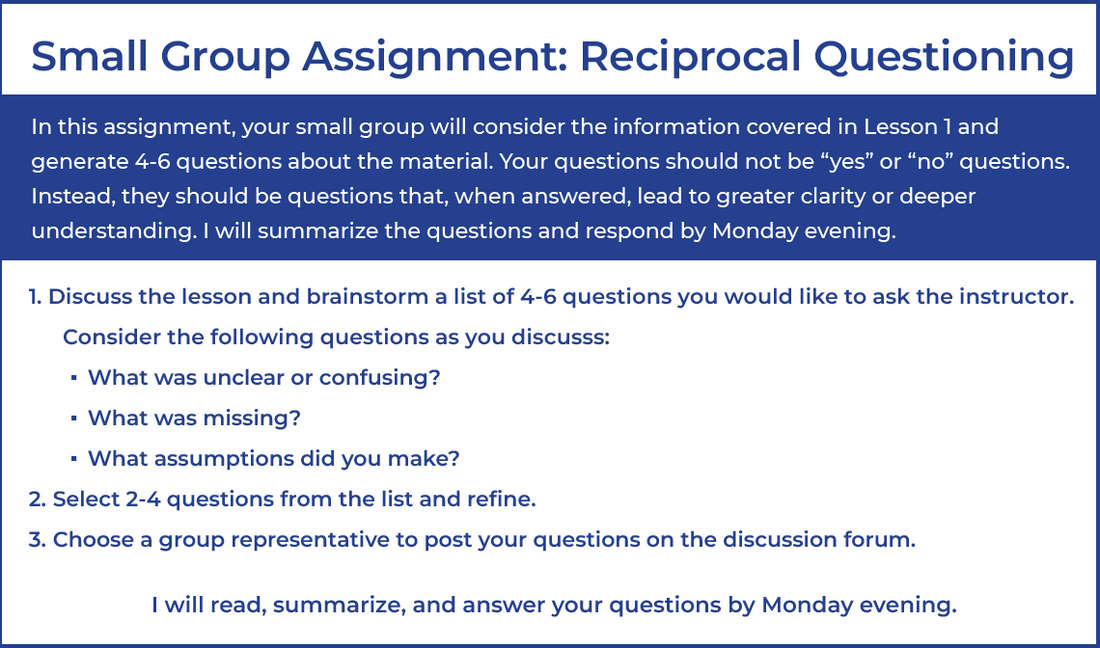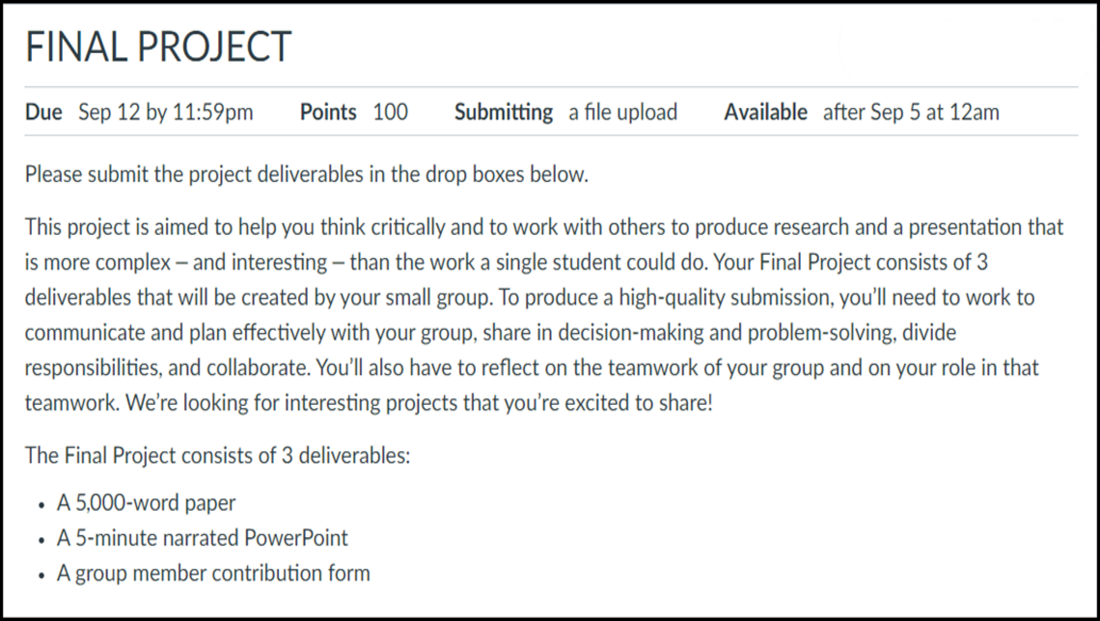Engaging students in class discussions and activities is always a challenging endeavor for instructors because there is no one-size-fits-all approach that will work to draw in everyone. Students will have varying degrees of interest in the topic, and not everyone will be able to find the same degree of relevance in the concepts presented. Incorporating student-to-student interactions can be a powerful method for increasing student learning and enhancing engagement in the classroom, whether in person or online.
Student-to-student interactions can play an important role in supporting the acquisition of new information for students and have been demonstrated to increase student satisfaction. These types of interactions also help enhance interpersonal communication skills, and collaborative abilities and can foster a greater sense of community (Amdor & Mederer, 2013). This can be especially valuable in online environments, in which students sometimes feel disconnected from their peers and institution.
Research indicates that student-to-student interactions can have a significant impact on a learner’s motivation (Rugutt & Chemosit, 2009). Implementing approaches that align with this strategy can have positive outcomes for all learners in your class.

Credit: luckybusiness / Adobe Stock
Related Topics
References/Resources
- Amador, J. A., & Mederer, H. (2013). Migrating successful student engagement strategies online: Opportunities and challenges using jigsaw groups and problem-based learning. Journal of Online Learning and Teaching, 9(1), 89.
- Rugutt, J., & Chemosit, C. C. (2009). What motivates students to learn? Contribution of student-to-student relations, student-faculty interaction and critical thinking skills. Educational Research Quarterly, 32(3).
